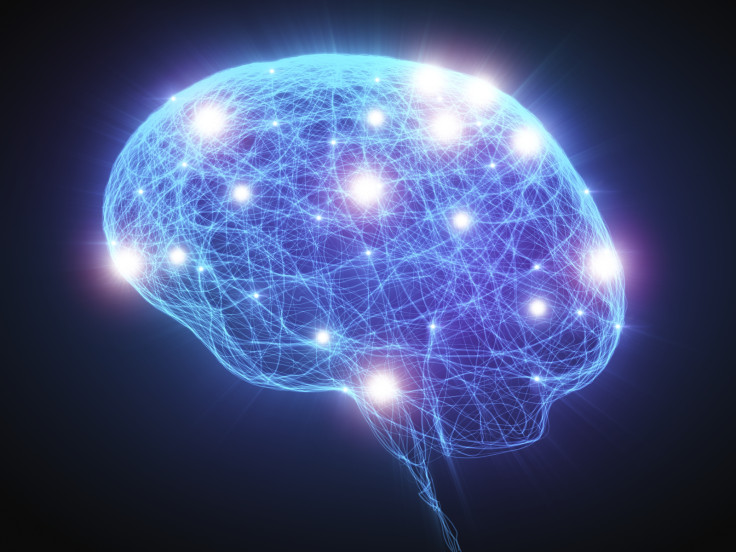Two human brains linked in guessing game experiment by transmitting signals

The University of Washington has managed to establish a brain-to-brain connection between two people that allows one person to accurately predict what the other is thinking. The fascinating achievement was fulfilled by transmitting signals from one participant's brain to the other over the internet.
Explaining how it works in PLOS One, the scientists behind the feat state that one participant, which they have dubbed the "respondent", wore a cap which was connected to an electroencephalography (EEG) machine – which is used to record brain activity. This person is then shown images of an object, the study gives an example of a dog, on the computer while the other individual – the "inquirer" – who is sat in a separate location almost a mile away, sees on his or her screen a list of possible options of what the respondent is looking at.
The inquirer asks what the other is looking at by clicking on one of the objects. The respondent can respond "yes" or "no" by focusing on one of two LED lights attached to their monitor, which flash at different frequencies. The yes or no answers are then sent back to the inquirer through the internet and trigger a magnetic coil, situated behind the inquirer.
However, only the yes answer creates a powerful enough response to stimulate the visual cortex, which allows the inquirer to see a light known as phosphine – which can appear as a blob, thin line or wave – and lets them know it is the correct answer.
To fully test the accuracy, the University of Washington enlisted five participants and asked them to play the game for 20 rounds in separate dark rooms. The 20 rounds were split into 10 real games and 10 control games – where a plastic spacer was positioned between the magnetic coil and the inquirer, which they were unaware of, so they were not able to pick up signals.
They found the inquirer was able to predict the right answer 72% of the time during real games and 18% in control games – which would likely have been guesses.
Co-author Chantel Prat, a faculty member at the Institute for Learning & Brain Sciences and a University of Washington associate professor of psychology, said sometimes the real game's answers were guessed wrong because of the complexity of brain activity. "While the flashing lights are signals that we're putting into the brain, those parts of the brain are doing a million other things at any given time too," she said.
"This is the most complex brain-to-brain experiment, I think, that's been done to date in humans," said lead author Andrea Stocco, an assistant professor of psychology and a researcher at University of Washington's Institute for Learning & Brain Sciences. "It uses conscious experiences through signals that are experienced visually, and it requires two people to collaborate."
© Copyright IBTimes 2025. All rights reserved.






















